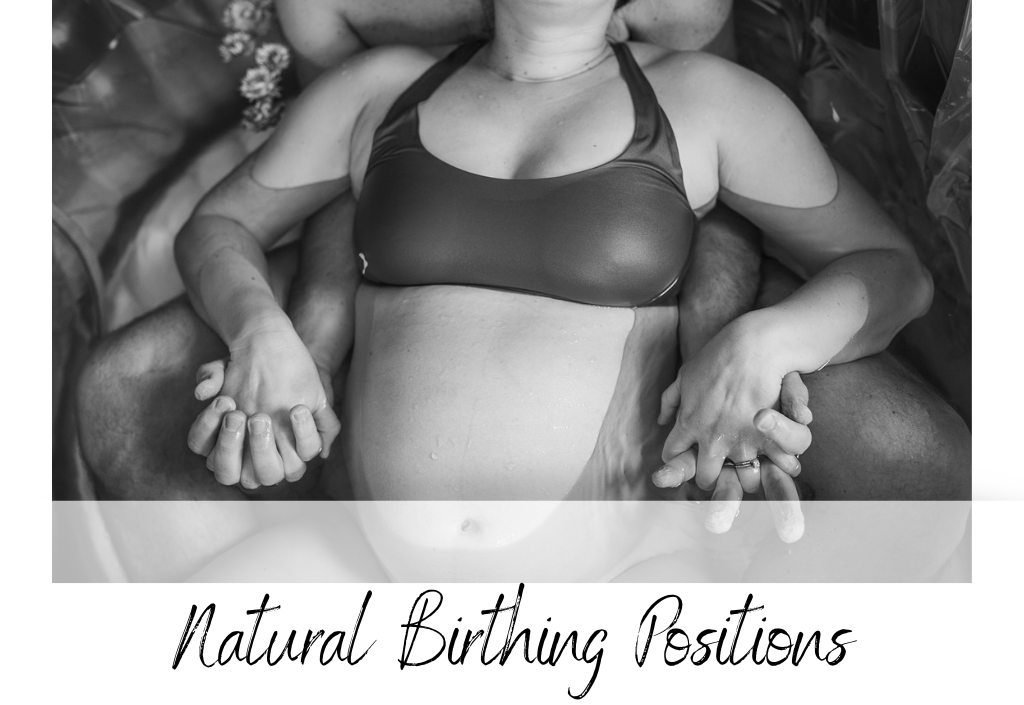Best Sources of Folic Acid
/Folic acid is a water-soluble B-vitamin, also referred to as vitamin B9. It plays a fundamental role in many physiological processes, especially in the synthesis and repair of DNA and the formation of red blood cells. During pregnancy, a good source of folic acid is essential for the proper development of the neural tube, which eventually forms the baby's brain and spinal cord.
However, getting the folic acid you need is not necessarily as simple as getting it through your prenatal supplement. Research has shed light on the MTHFR gene mutation and its implications for the absorption of synthetic folic acid that is found in prenatal vitamins.
Understanding the MTHFR Mutation
MTHFR, or methylenetetrahydrofolate reductase, is a gene responsible for producing an enzyme crucial in the conversion of folic acid into its active form, 5-MTHF (5-methyltetrahydrofolate). This active form is essential for various biochemical processes in the body, including DNA synthesis and repair.
A significant portion of the population carries the MTHFR mutation, with at least 50% carrying the mutation on one or both genes, likely more. This mutation can impact the body's ability to convert synthetic folic acid into the active form, leading to concerns about its effectiveness in preventing neural tube defects during pregnancy.
While prenatal vitamins are commonly recommended to meet the increased nutritional needs during pregnancy, the MTHFR mutation complicates matters. Synthetic folic acid, found in most prenatal supplements, may not be effectively converted into the active form in individuals with the mutation.
Natural Sources of Folic Acid
So if there is a strong likelihood that your body cannot properly absorb folic acid in its synthetic form, how can you make sure you get enough of this important nutrient while pregnant?
We recommend trying to get as much of your folic acid intake from whole foods as possible. Not only does this provide your body with many other needed nutrients, but you will be able to process folic acid more efficiently.
Benefits of Using Natural Sources for Folic Acid
Improved Absorption: Unlike synthetic folic acid, the naturally occurring form is easily absorbed by the body, ensuring it is used more efficiently.
Whole Food Nutrients: Food sources of folic acid come packaged with other essential nutrients, promoting a balanced and wholesome approach to nutrition during pregnancy.
Reduced Risk of Overconsumption: Obtaining folic acid through natural sources minimizes the risk of overdosing, a concern associated with excessive supplementation.
Food Sources of Folic Acid
Leafy Greens: Incorporating leafy greens like spinach, kale, and broccoli into your diet provides a rich source of naturally occurring folate.
Legumes: Beans, lentils, and peas are excellent plant-based sources of folic acid, offering additional nutritional benefits.
Grass-Fed Beef Liver: Beef liver is a concentrated source of folic acid and is easy to take via organic pill supplements.
Citrus Fruits: Oranges, grapefruits, and other citrus fruits are not only rich in vitamin C but also contain folic acid.
Nature is usually the best medicine, but often overlooked. Natural sources, such as leafy greens, legumes, and citrus fruits, offer a reliable and well-absorbed alternative to synthetic supplements. When in doubt, opting for nature's provisions ensures a direct and effective approach to meeting the nutritional needs of the body.
Visit our wholesale account at Wellevate to look for folic supplements such as grass-fed beef liver to add to your diet.












